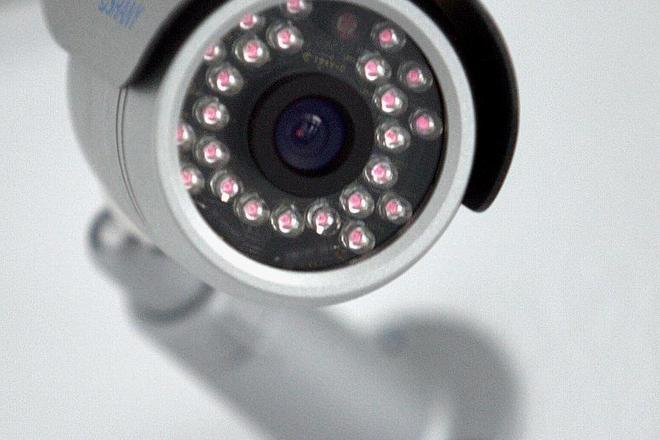ONE OF five special “suspects” in different cities across Europe and North America was located in Bratislava on March 31. The individual was physically located after teams of competitors worldwide were given the task of tracking the "suspects" using social media tools only. But this was not an international police operation, rather a competition, called Tag Challenge conceived and organised by a group of graduate students from six different countries and sponsored by the US State Department and the US embassy in Prague, in association with the Institute of International Education. The winning team, CrowdScanner, was able to find three of the five suspects within 24 hours.
The only information that the hunters had about their quarry was their location – one each in Washington, DC, New York City, London, Stockholm and Bratislava – their appearance, and some hints about specific locations where they might spend some of their day. The hunt took place between 8:00 and 20:00 local time in each city on March 31, although the hunters had until noon the following day to upload a photograph of the suspects they had located. The winner received a $5,000 cash prize, but CrowdScanner’s leader, Iyad Rahwan, said money was not the real motivation since the contest was primarily scientific.
“We are not interested in the money; we just want to learn more about the power of social media in information-gathering tasks like this one,” Rahwan, a research fellow with the Massachusetts Institute of Technology (MIT), told The Slovak Spectator.
Tag Challenge is an independent, non-profit event created to determine whether and how social media can be used to accomplish a realistic, time-sensitive, international law enforcement goal, its official website states.
According to Rahwan, it is important to understand what the technology is capable of, in order to predict what it can do, and possibly regulate its use. If social media are dangerous or helpful is just a matter of opinion, he added.
“As with any technology, there are good and bad uses, which may also depend on your perspective,” said Rahwan. “On one hand, it is obvious that it is good if social media can help us locate missing children and reunite them with their families, or find a criminal on the run. However, one can also imagine less altruistic uses of technology.”
A more common use of social media is not to locate people but rather to find some information about them and sites such as Facebook and Twitter have therefore become another means for journalists or police to gather information.
“The social media certainly have a real use in various spheres, for instance in personnel management or journalism,” Filip Struhárik, the user-generated content and marketing manager of the Sme daily, told The Slovak Spectator.
Struhárik said that these media can be very helpful for journalists since they can provide useful information like phone numbers or addresses. One can also find personal connections between people which can also act as a useful lead for investigative journalists. Nevertheless, he warned that social media are not a perfect source of information and people who work with them should be cautious.
“I would not overrate the social media but I would not underrate them either,” said Struhárik.
According to him, using information gathered from social media is not unethical since such data are publicly available and the user has decided whether to publish them or not. On the other hand, he admits that awareness in Slovak society about personal privacy protection is very poor.
“From a statistical perspective [we can suggest that] Slovaks are very uneducated in this area and they click on everything that moves,” said Struhárik. “They do not understand that many firms do just marketing and many functions [in social networks] have a solely commercial purpose.”
Social networks are not just of interest to salespeople; they also attract various interest groups or political parties, Struhárik said. He presented Slovakia’s recent parliamentary elections as an example. There were cases of political parties creating groups with attractive content which thousands of people joined as a result. They were later surprised that they had become ‘fans’ of some well known – or previously little known – political party.
Social networks also provide a space for individuals to organise criminal activities and thus the police are naturally paying attention to them.
“The police in their operations, to pursue a variety of [objectives], use the internet in various lawful ways. One of these is also monitoring suspicious published [web] pages, various publicly available forums, etc.,” police spokesperson Michal Slivka told The Slovak Spectator.



 CCTV is not the only way to monitor people. (source: T. Benedikovič)
CCTV is not the only way to monitor people. (source: T. Benedikovič)